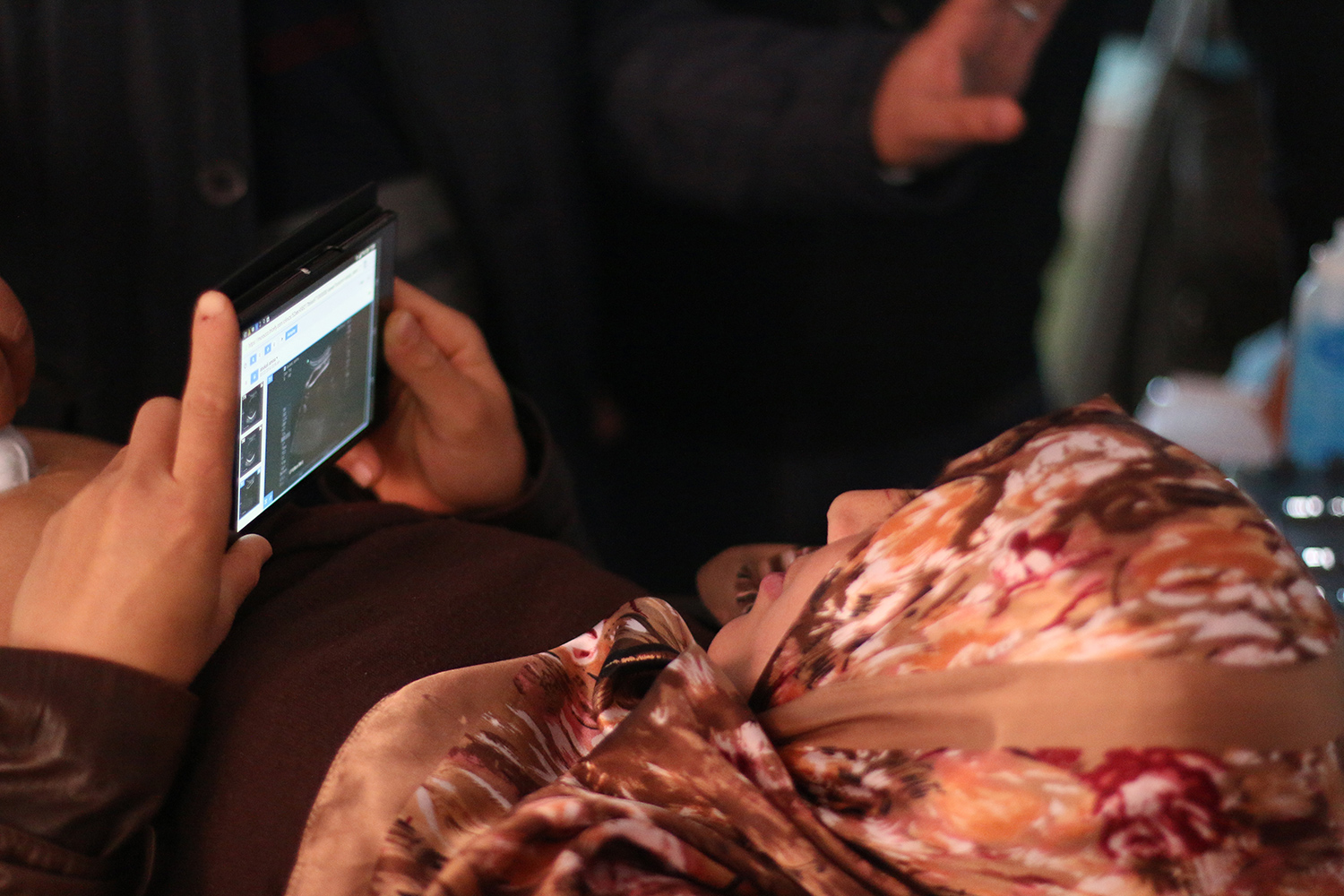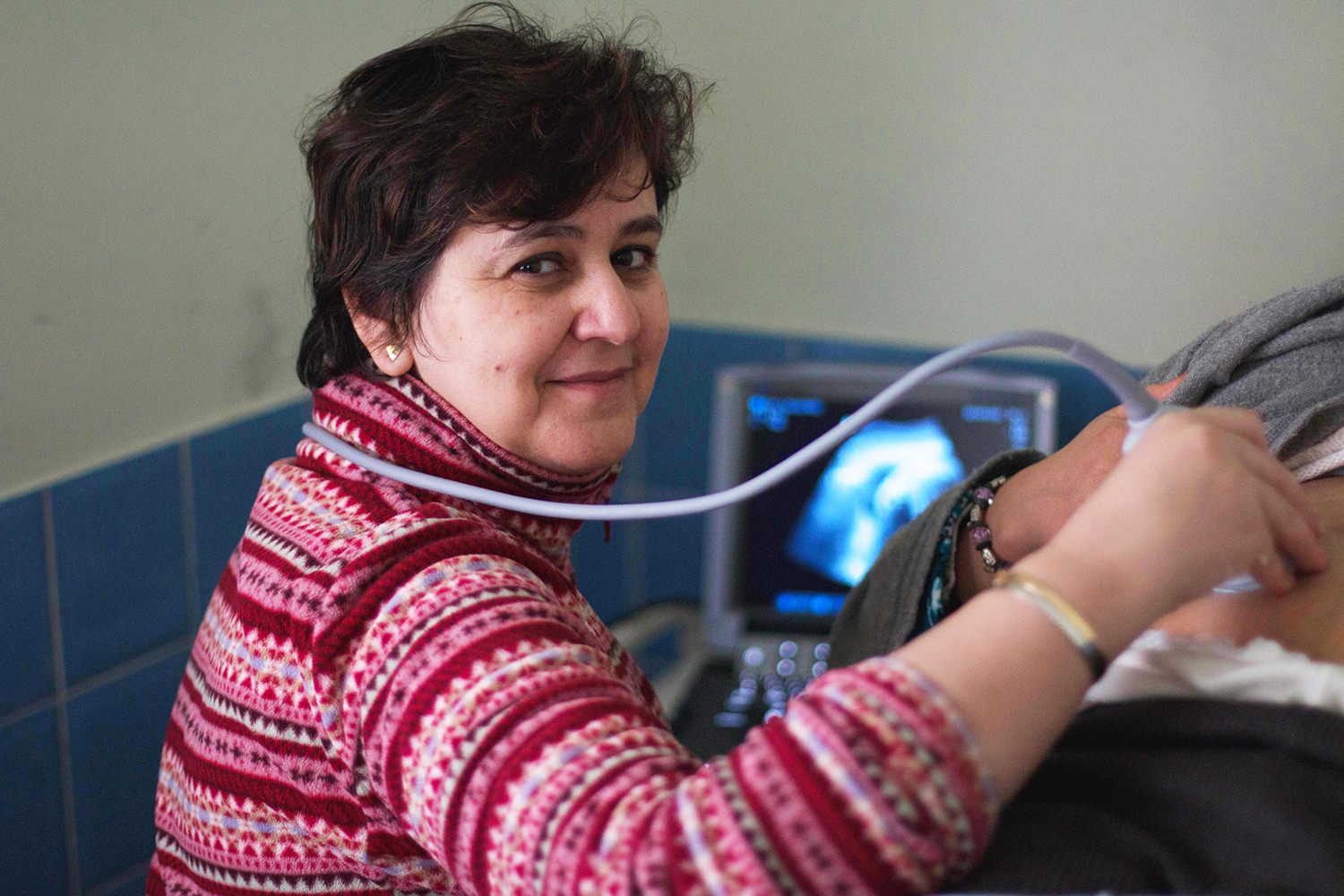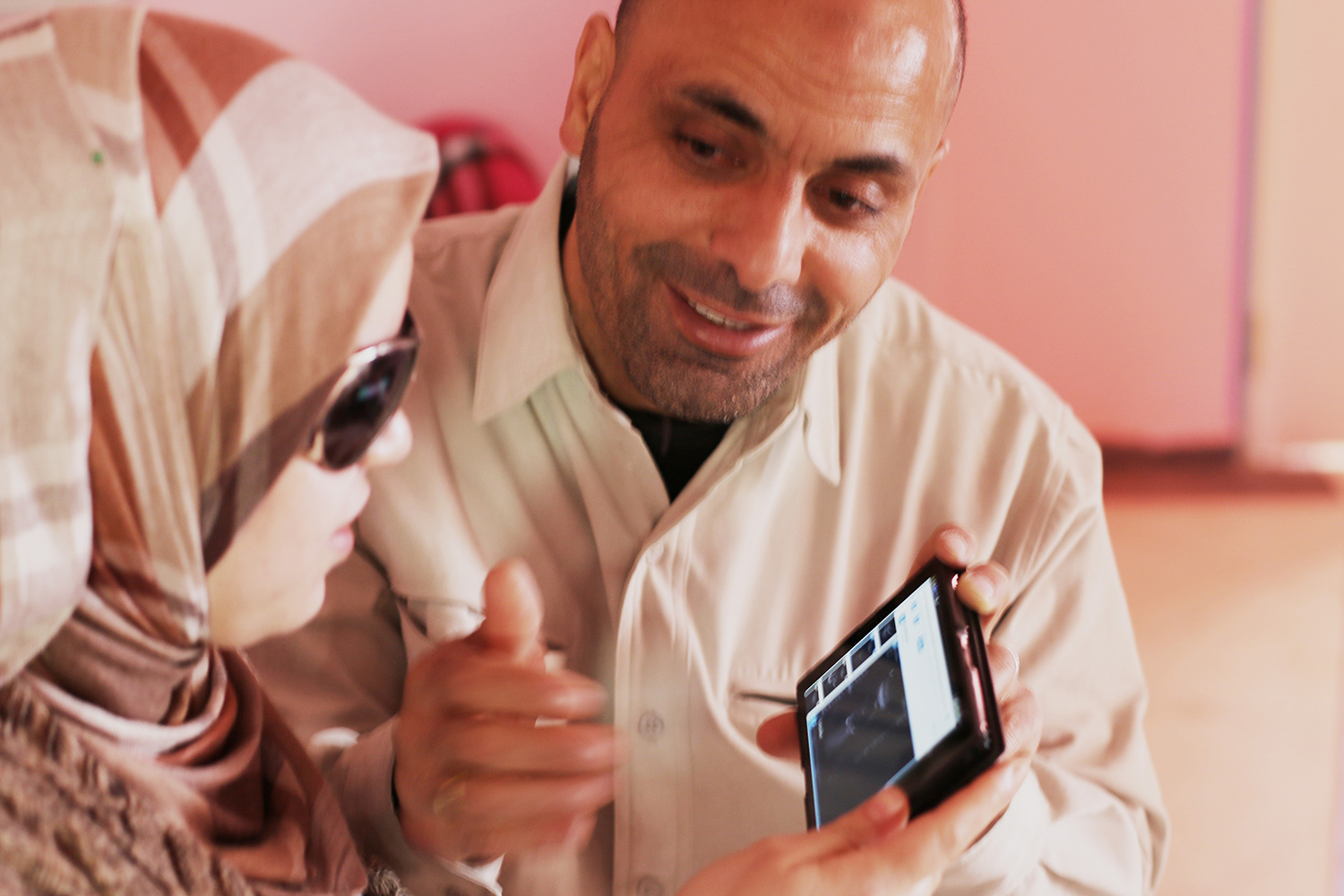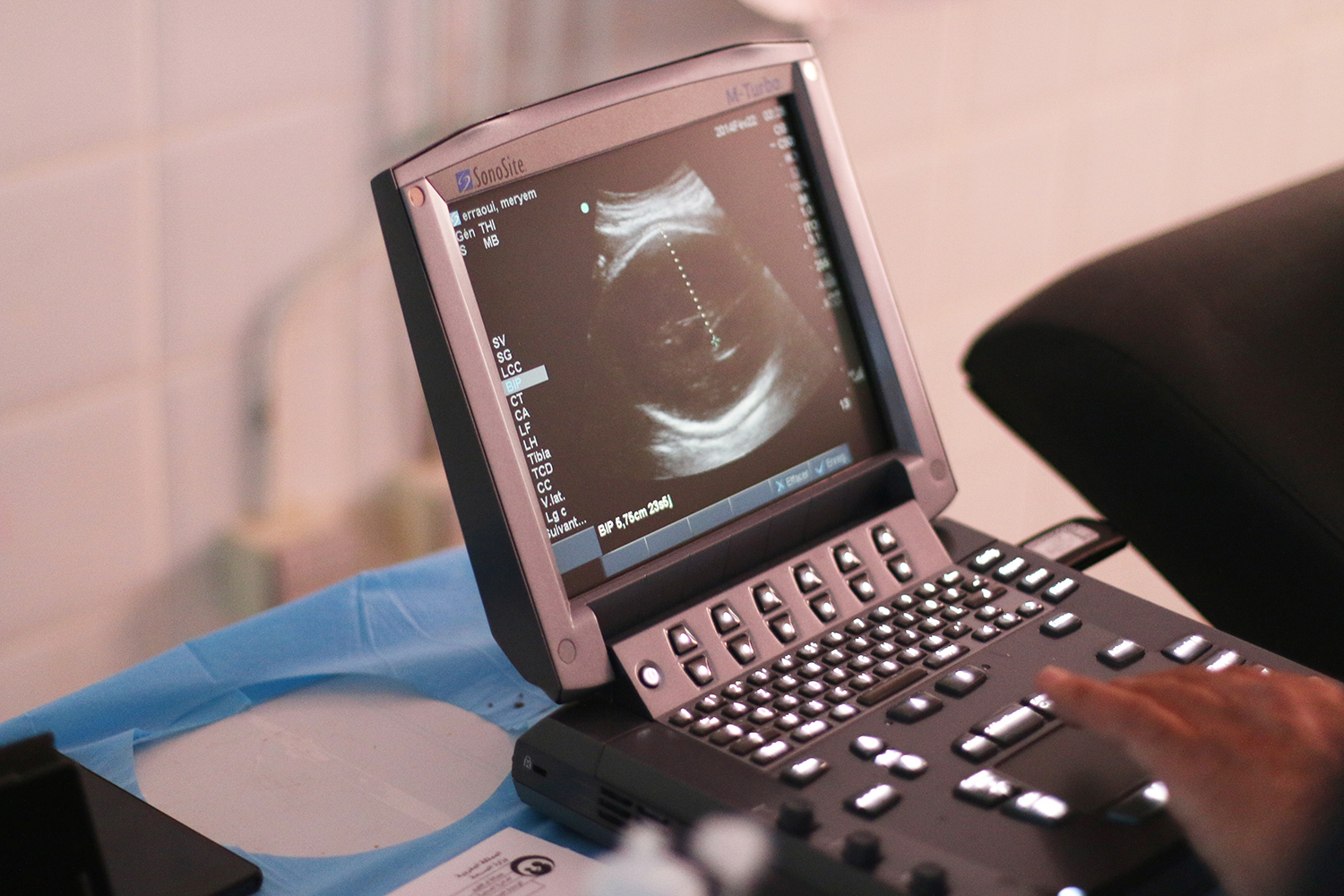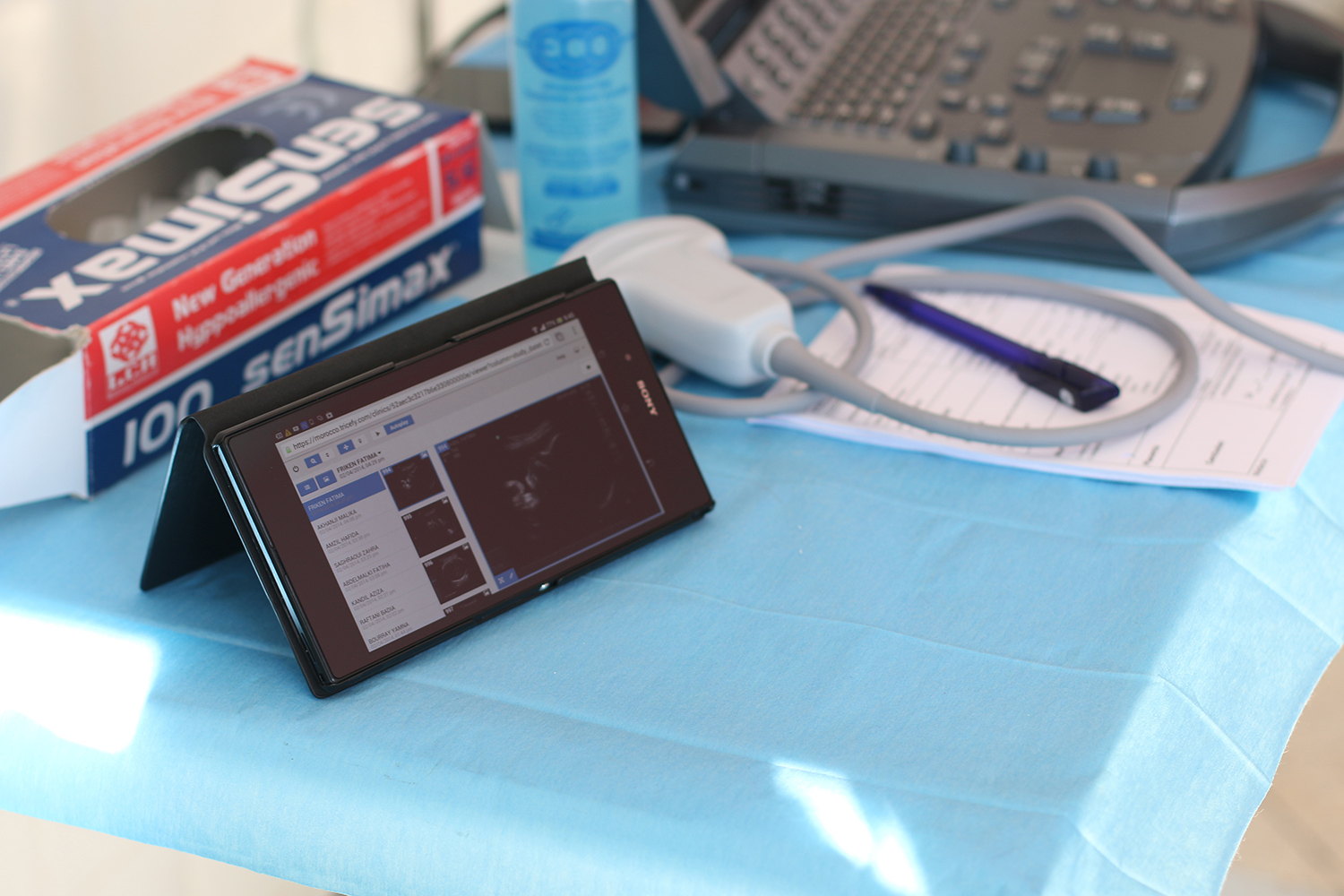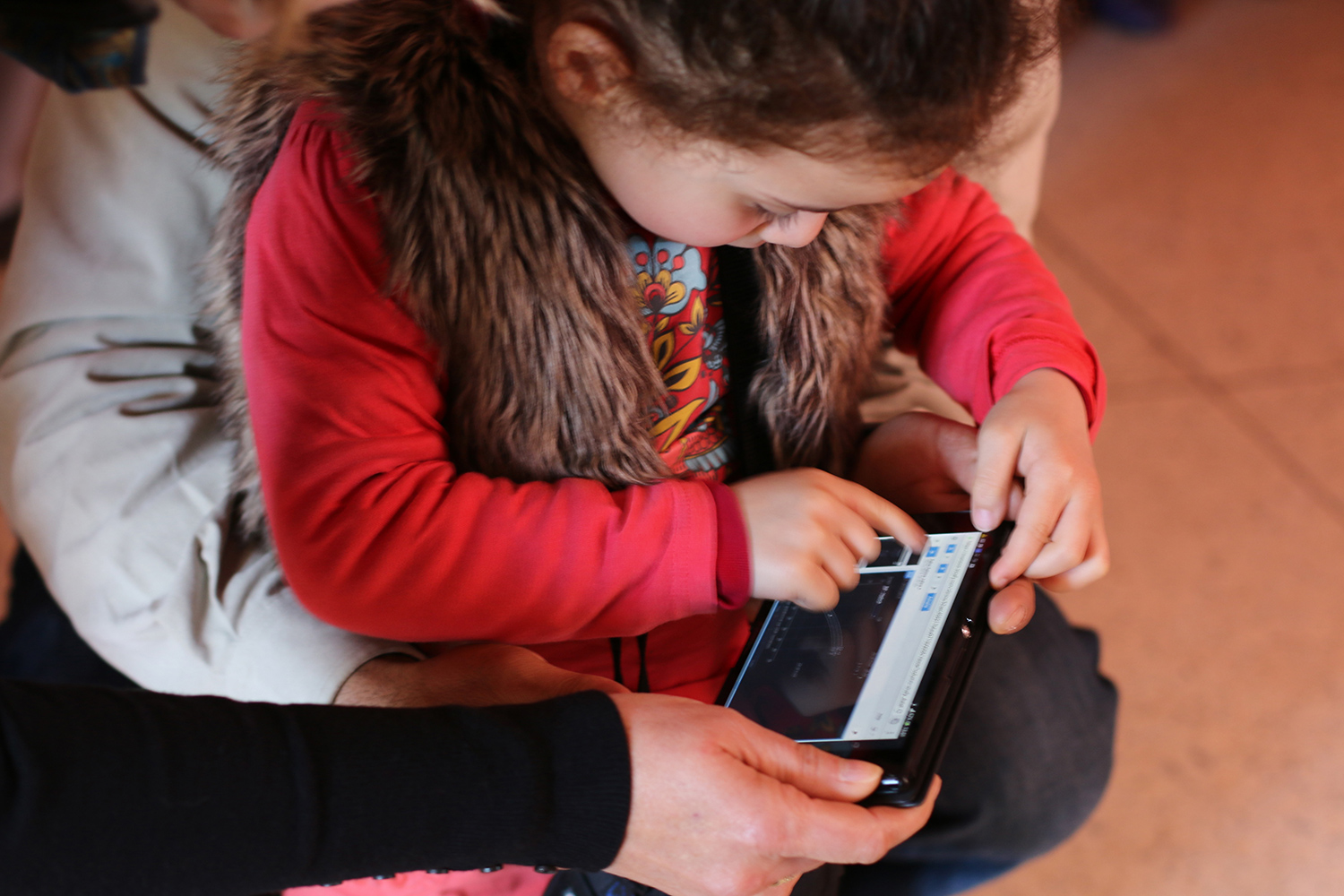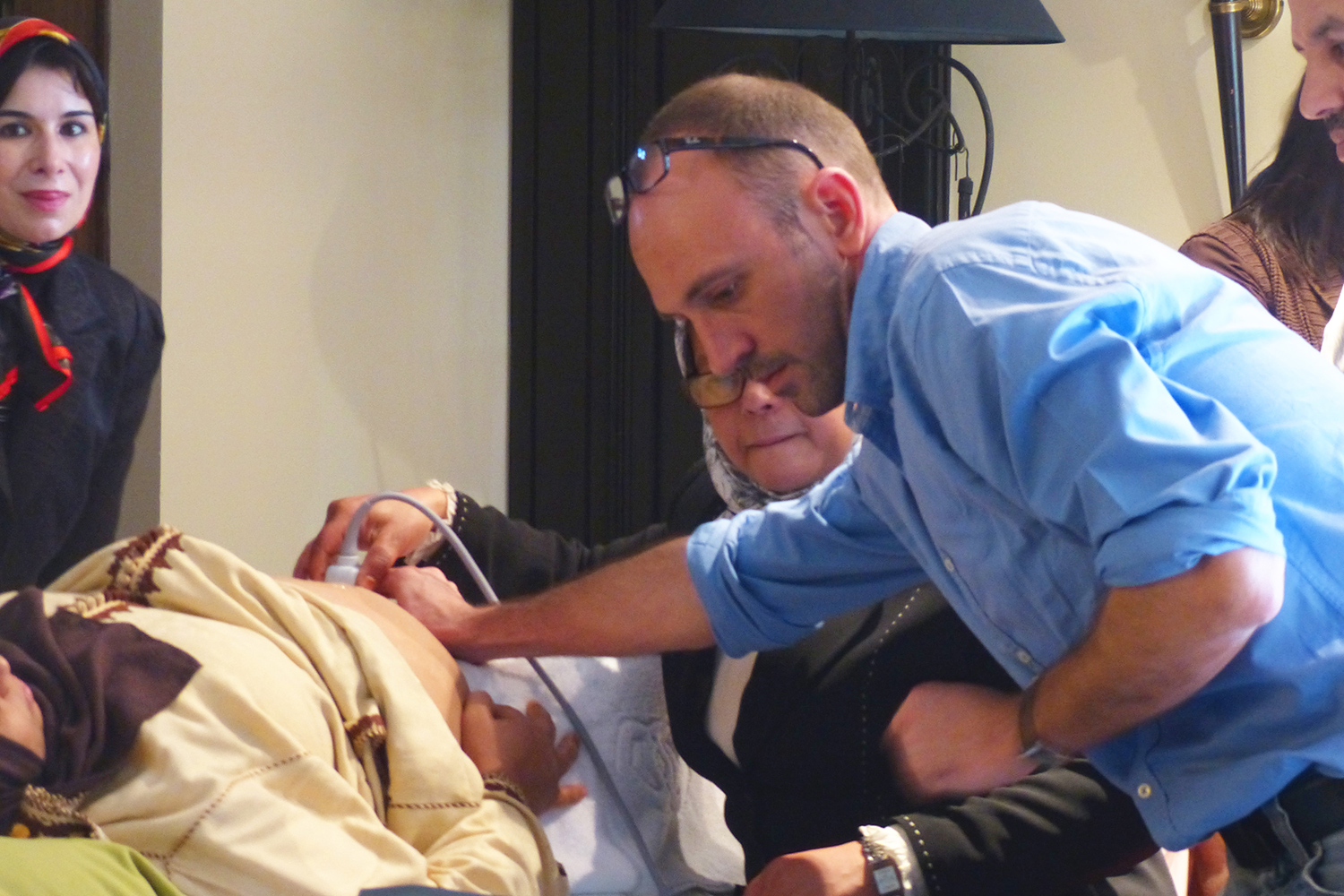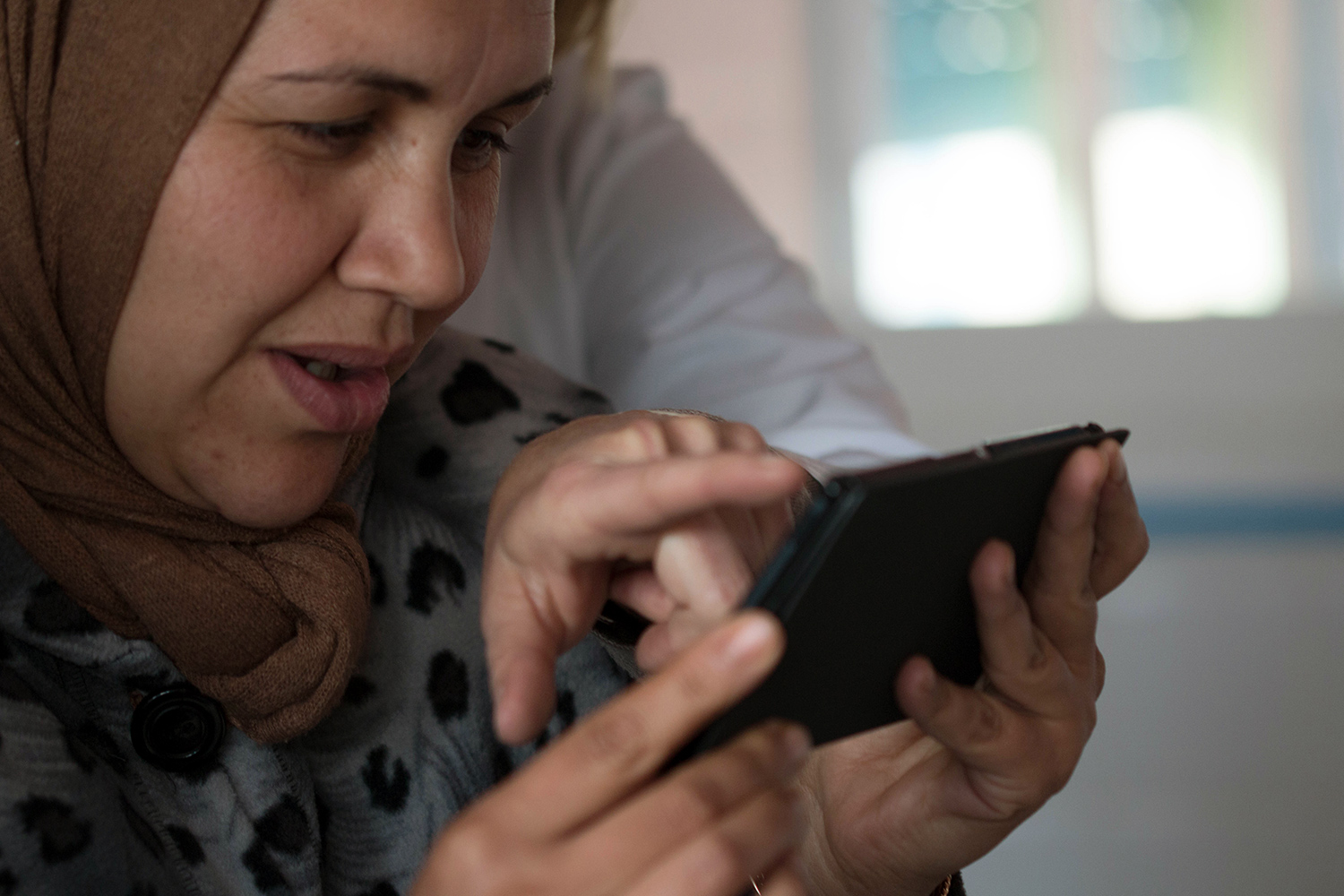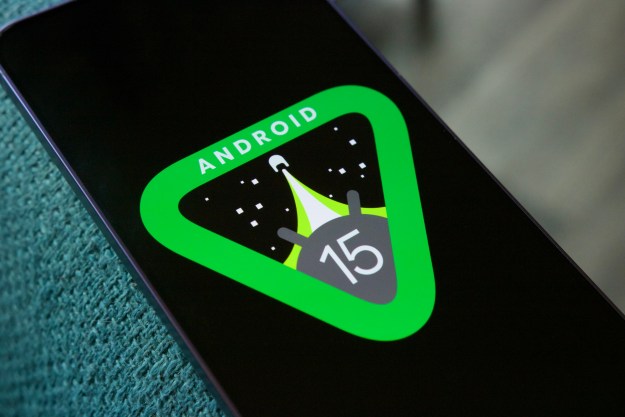There’s a medical term for the period of time in which a patient is most likely to be saved: the Golden Hour.
Help within the hour after a traumatic injury is more likely to have a positive outcome. Because of this, you’d think the inside of your average ambulance would resemble a modern surgical bay — but it doesn’t. Ambulances are a fast lane to the emergency room, but generally don’t have the tech required to treat the same severity of injuries, or even to diagnose them. In some areas of the world even simple diagnostics are a challenge. Trice Imaging is working to change that.
“Tricefy provides access to care for patients where there is no access to physicians,” Trice Co-Founder and CEO Åsa Nordgren told Digital Trends.
Trice Imaging’s sharing platform, Tricefy, lets medical practitioners share ultrasound sessions remotely. Start up Tricefy on an ultrasound and send an invite to let anyone with a smartphone or tablet view the session, doctors and patients alike. In a very basic sense it’s like any other photo sharing platform, except more detailed and with a much stronger encryption.
Technology to connect ambulances in the field with doctors in the emergency room is still emerging.
Tricefy sets up in about five minutes and is easy to use. Viewers can zoom, pan, and leave detailed notes on specific locations of the ultrasound. When EMS workers bringing patients to trauma centers use it, emergency room doctors have more time to prepare, and in medicine the preference is for preparation over perspiration.
With Samsung, Trice created the Emergency Medicine Project, which marries Tricefy to the tech giant’s tablet-based ultrasound system, the PT60A — essentially a heavy duty tablet with ports for medical probes. It comes loaded with ultrasound imaging parameters and accepts a variety of transducers (the tool that’s rubbed against the skin). Tools like that give EMS workers in the field a new level of diagnostics.
“The Samsung ultrasound helps us see things we normally can’t see in a trauma patient,” explained Lamar Adams, a paramedic out of Dallas-Fort Worth. it’s kind of scary to think that in an age where Carlos Danger’s naughty pics fly back and forth at the speed of light, technology to connect ambulances in the field with doctors in the emergency room is still emerging.
Mobility is everything
Doug Patterson, a paramedic and firefighter out of Dallas-Fort Worth, recalled one particular case where he and his partner saw a cardiac rhythm on the monitor but couldn’t detect the patient’s pulse. Using the Samsung portable ultrasound, they were able to verify that rhythm. Without this tech, they would have had to call their medical director to pronounce time of death.
But Samsung’s tablet tech is only the hardware; Tricefy is the tech that makes transmission possible, and it works on any portable ultrasound. Just ask Dr. Raj Gandhi, Trauma Medical Director at John Peter Smith Hospital in Fort Worth. “Samsung ultrasound and Trice Imaging together have solved a major problem that ultrasound in the field has encountered in the past: The images being able to be transmitted, and time of transmission.” In situations where seconds count, that head start can save lives.
In one stabbing case, EMS workers were able to see that the patient’s lung had collapsed and relay that info to the level 1 trauma center. When the ambulance arrived, doctors immediately knew what to do. Without Samsung and Trice’s tech, the entire process would have been slower: Doctors would have done an X-ray or an ultrasound on arrival in the trauma bay, which would have meant more time for that patient struggling to breathe with one lung.
Jason Peoples, a paramedic out of the Hurst Fire Department put it succinctly: “Ultimately saving time is saving lives.”Dr. Roy Yamada, EMS Regional Medical Director for nine Texas municipalities, pointed out it takes open minds for this to work: “Visionary doctors and trauma surgeons are key.”
Taking tech where it’s needed
Trice’s work in rural Morocco and Kenya depended on some visionary medical professionals. In those locations, far distant from cities and high-tech facilities like we have here in the states, the ability to transmit ultrasound images provided an previously unattainable level of care for expectant mothers. With major funding from Qualcomm Wireless Reach and ultrasound equipment from SonoSite Fuji Film, the Mobile Ultrasound Patrol Project in Morocco showed how connectivity can save lives.
Åsa was there to see the positive differences her tech makes. “We might live in different worlds, under different circumstances, but when it comes to basic human needs or the very core essence of bringing life, we are all the same.” The last bit of the four-hour drive from the country’s capital, Rabat to the three villages in Khemisset was over roads that “weren’t so good.” A line of women waited for them when they arrived at the first village Oulmes, some having walked for over an hour to have their very first ultrasounds.
“Ultimately saving time is saving lives.”
Before the project, it took two weeks for medical data to be transmitted from the three small Moroccan villages to a hospital, and that was if such transmission even happened. “Health houses” without doctors take the place of hospitals there. Åsa said, “The delivery room was freezing cold; we all had hats and mittens on. There was no running water, and no paper tissue to wipe the little baby boy.” They did have excellent 3G cell service, but little else.
But that’s the thing about Trice; you don’t need much else for it to work. Åsa said, “Using existing networks, the technology is affordable, easy to use and, most importantly, can lower maternal mortality rates. Patients in rural areas can have their medical images shared with doctors in minutes, cutting a life-saving diagnosis time from weeks to hours, or even minutes.”
Out of 575 patients from the three villages examined over eight weeks, 158 were flagged for a second opinion and 94 were diagnosed as high-risk pregnancies. Åsa told us about one case in particular where the ultrasound made the difference between life and death.
“There was one woman carrying twins, but one was upside down, and the umbilical cord was tangled. She wouldn’t have survived without an ultrasound.” With foreknowledge she was able to get to a hospital. “Access to health care can mean the difference between life and death. It can be the difference between a safe delivery and bleeding to death from simple placenta related issues.”
Trice’s online image management system is already being adopted by maternity centers stateside. “Most of our customers don’t want to do it the old way anymore,” Åsa said. In January 2014 Carnegie Imaging for Women began to work with Trice to offer digital delivery of ultrasound images as an option for prospective parents. Printed photos of baby’s first ultrasound are things of the past. Digital files are easier to share. The tech even helped save money (and the environment) by eliminating the thermal printing the center used previously.
Trice accepts project recommendations and donations on their website, especially from ultrasound manufacturers, major mobile networks, charities, and health care providers in under-served regions. Åsa mentioned that Trice is keeping an eye on the expanding market in Asia where elderly and home health care, especially in villages far distant from medical facilities, is expanding along with the number of cardiology cases.
As for expanded stateside use of Trice with portable ultrasounds, Dr. Yamada is at work on a protocol that should speed the adoption of Tricefy and supporting hardware nationwide. A Skype-like function for home doctor visits is next on his wish list. “The future of EMS I think is very exciting,” Dr. Yamada said. With support from technologies like Tricefy, we agree.
